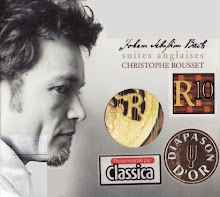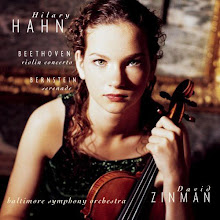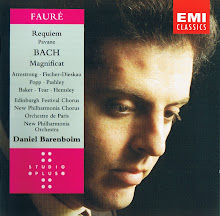



.jpg)







Francisco de Holanda (Hollanda) (1517-1585), portugalský malíř, historik, architekt a filozof.
He apprenticed under his father as a manuscript miniaturist at the royal court in Lisbon and was sent to Rome by King João III in 1538. For the next nine years, Holanda studied among the notables of the Italian Renaissance, including Parmiagianino, Giambologna and, most significantly, Michelangelo.
It was Michelangelo who introduced Holanda to the classical ideals of the Renaissance which were given voice in Holanda's best known written work, a Neo-Platonic treatise on art in three volumes, 'Da Pintura Antigua' (1548). The second volume features dialogues with Michelangelo (during the period he painted the Sistine Chapel) and Giulio Clovio, among others, making Holanda, along with Vasari and Condivi, one of the 'official biographers' of Michelangelo. The book series played an important role in spreading the tenets of the Renaissance in Portugal.
Other works of note produced by Holanda include drawings of Roman architecture, studies of Italian art and architectural heritage, painted portraits and a survey of Lisbon urbanisation.
Among Holanda's surviving books of drawings, 'De Aetatibus Mundi Imagines' is the most important. Over thirty years - from 1543 to 1573 - Holanda sketched and painted designs intended to portray the history of the world according to the bible. It is one of the treasures of the National Library of Spain and is available online in full (150+ folio sketches, 15 of them coloured).
The sketchbook (or the significance and attribution of same) was only discovered in the mid-20th century. There is scant accessible commentary about the work online, although, with the publishing of a facsimile edition in 1983, a book review attempts to give a (critical) guide to the artistic merit of Holanda's biblical illustrations.
It was Michelangelo who introduced Holanda to the classical ideals of the Renaissance which were given voice in Holanda's best known written work, a Neo-Platonic treatise on art in three volumes, 'Da Pintura Antigua' (1548). The second volume features dialogues with Michelangelo (during the period he painted the Sistine Chapel) and Giulio Clovio, among others, making Holanda, along with Vasari and Condivi, one of the 'official biographers' of Michelangelo. The book series played an important role in spreading the tenets of the Renaissance in Portugal.
Other works of note produced by Holanda include drawings of Roman architecture, studies of Italian art and architectural heritage, painted portraits and a survey of Lisbon urbanisation.
Among Holanda's surviving books of drawings, 'De Aetatibus Mundi Imagines' is the most important. Over thirty years - from 1543 to 1573 - Holanda sketched and painted designs intended to portray the history of the world according to the bible. It is one of the treasures of the National Library of Spain and is available online in full (150+ folio sketches, 15 of them coloured).
The sketchbook (or the significance and attribution of same) was only discovered in the mid-20th century. There is scant accessible commentary about the work online, although, with the publishing of a facsimile edition in 1983, a book review attempts to give a (critical) guide to the artistic merit of Holanda's biblical illustrations.
"The quality of Holanda's drawings in 'De Aetaibus Mundi' is decidedly uneven. The great majority cannot claim more than modest merit either as imaginative conceptions or works of art. As the series continues they become increasingly dependent on Antwerp prints, in particular those of Gerard de Jode [..]; nor can it be said in extenuation that Holanda improved on his engraved models either artistically or iconographically.'De Aetatibus Mundi Imagines' is online at Biblioteca Digital Hispánica but I'm not sure if I can link directly to the html version. If this doesn't work, click the link at the bottom of this page. Or choose number four on this page or search for'Aetatibus' from this page. Beyond that, there is a flash turn-the-pages version - a bit wonky in firefox - but I don't know if the whole manuscript is available. [sorry, everything on this site appears to be cookie-controlled and they time out back to the front page and I don't remember the way in from there, although I *think* it's within the 'Obras Maestras' section.]
In striking contrast to the more or less routine and derivative nature of the great bulk of the drawings, the first four [..], which illustrate the first four days of the Creation (Genesis, I, 1-19) are extraordinarily impressive and original."
.jpg)
.jpg)
.jpg)
.jpg)
.jpg)
Žádné komentáře:
Okomentovat